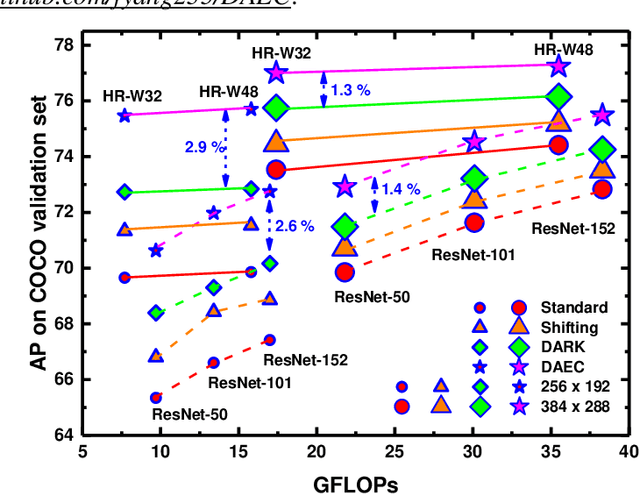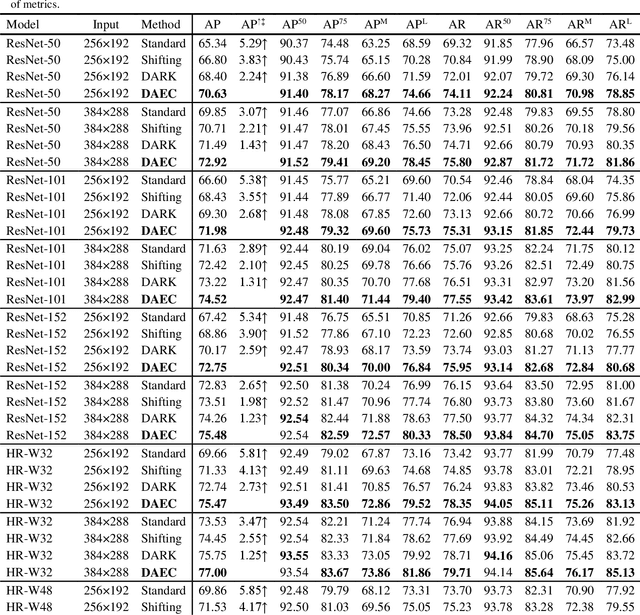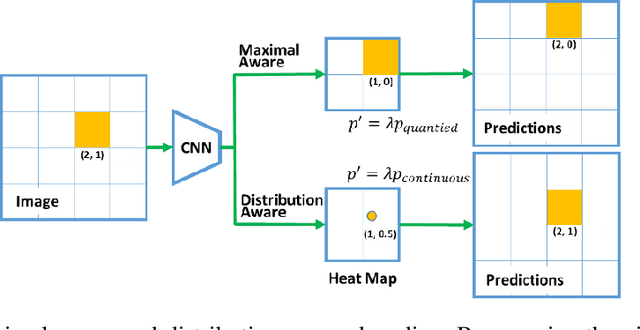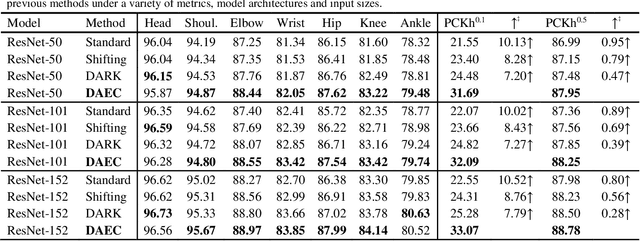Feiyu Yang
ME: Trigger Element Combination Backdoor Attack on Copyright Infringement
Jun 12, 2025Abstract:The capability of generative diffusion models (DMs) like Stable Diffusion (SD) in replicating training data could be taken advantage of by attackers to launch the Copyright Infringement Attack, with duplicated poisoned image-text pairs. SilentBadDiffusion (SBD) is a method proposed recently, which shew outstanding performance in attacking SD in text-to-image tasks. However, the feasible data resources in this area are still limited, some of them are even constrained or prohibited due to the issues like copyright ownership or inappropriate contents; And not all of the images in current datasets are suitable for the proposed attacking methods; Besides, the state-of-the-art (SoTA) performance of SBD is far from ideal when few generated poisoning samples could be adopted for attacks. In this paper, we raised new datasets accessible for researching in attacks like SBD, and proposed Multi-Element (ME) attack method based on SBD by increasing the number of poisonous visual-text elements per poisoned sample to enhance the ability of attacking, while importing Discrete Cosine Transform (DCT) for the poisoned samples to maintain the stealthiness. The Copyright Infringement Rate (CIR) / First Attack Epoch (FAE) we got on the two new datasets were 16.78% / 39.50 and 51.20% / 23.60, respectively close to or even outperformed benchmark Pokemon and Mijourney datasets. In condition of low subsampling ratio (5%, 6 poisoned samples), MESI and DCT earned CIR / FAE of 0.23% / 84.00 and 12.73% / 65.50, both better than original SBD, which failed to attack at all.
Deconfounding Time Series Forecasting
Oct 27, 2024



Abstract:Time series forecasting is a critical task in various domains, where accurate predictions can drive informed decision-making. Traditional forecasting methods often rely on current observations of variables to predict future outcomes, typically overlooking the influence of latent confounders, unobserved variables that simultaneously affect both the predictors and the target outcomes. This oversight can introduce bias and degrade the performance of predictive models. In this study, we address this challenge by proposing an enhanced forecasting approach that incorporates representations of latent confounders derived from historical data. By integrating these confounders into the predictive process, our method aims to improve the accuracy and robustness of time series forecasts. The proposed approach is demonstrated through its application to climate science data, showing significant improvements over traditional methods that do not account for confounders.
Causal GNNs: A GNN-Driven Instrumental Variable Approach for Causal Inference in Networks
Sep 13, 2024



Abstract:As network data applications continue to expand, causal inference within networks has garnered increasing attention. However, hidden confounders complicate the estimation of causal effects. Most methods rely on the strong ignorability assumption, which presumes the absence of hidden confounders-an assumption that is both difficult to validate and often unrealistic in practice. To address this issue, we propose CgNN, a novel approach that leverages network structure as instrumental variables (IVs), combined with graph neural networks (GNNs) and attention mechanisms, to mitigate hidden confounder bias and improve causal effect estimation. By utilizing network structure as IVs, we reduce confounder bias while preserving the correlation with treatment. Our integration of attention mechanisms enhances robustness and improves the identification of important nodes. Validated on two real-world datasets, our results demonstrate that CgNN effectively mitigates hidden confounder bias and offers a robust GNN-driven IV framework for causal inference in complex network data.
An Integrated Framework Integrating Monte Carlo Tree Search and Supervised Learning for Train Timetabling Problem
Nov 02, 2023Abstract:The single-track railway train timetabling problem (TTP) is an important and complex problem. This article proposes an integrated Monte Carlo Tree Search (MCTS) computing framework that combines heuristic methods, unsupervised learning methods, and supervised learning methods for solving TTP in discrete action spaces. This article first describes the mathematical model and simulation system dynamics of TTP, analyzes the characteristics of the solution from the perspective of MCTS, and proposes some heuristic methods to improve MCTS. This article considers these methods as planners in the proposed framework. Secondly, this article utilizes deep convolutional neural networks to approximate the value of nodes and further applies them to the MCTS search process, referred to as learners. The experiment shows that the proposed heuristic MCTS method is beneficial for solving TTP; The algorithm framework that integrates planners and learners can improve the data efficiency of solving TTP; The proposed method provides a new paradigm for solving TTP.
Train Your Data Processor: Distribution-Aware and Error-Compensation Coordinate Decoding for Human Pose Estimation
Jul 17, 2020



Abstract:Recently, the leading performance of human pose estimation is dominated by heatmap based methods. While being a fundamental component of heatmap processing, heatmap decoding (i.e. transforming heatmaps to coordinates) receives only limited investigations, to our best knowledge. This work fills the gap by studying the heatmap decoding processing with a particular focus on the errors introduced throughout the prediction process. We found that the errors of heatmap based methods are surprisingly significant, which nevertheless was universally ignored before. In view of the discovered importance, we further reveal the intrinsic limitations of the previous widely used heatmap decoding methods and thereout propose a Distribution-Aware and Error-Compensation Coordinate Decoding (DAEC). Serving as a model-agnostic plug-in, DAEC learns its decoding strategy from training data and remarkably improves the performance of a variety of state-of-the-art human pose estimation models with negligible extra computation. Specifically, equipped with DAEC, the SimpleBaseline-ResNet152-256x192 and HRNet-W48-256x192 are significantly improved by 2.6 AP and 2.9 AP achieving 72.6 AP and 75.7 AP on COCO, respectively. Moreover, the HRNet-W32-256x256 and ResNet-152-256x256 frameworks enjoy even more dramatic promotions of 8.4% and 7.8% on MPII with PCKh0.1 metric. Extensive experiments performed on these two common benchmarks, demonstrates that DAEC exceeds its competitors by considerable margins, backing up the rationality and generality of our novel heatmap decoding idea. The project is available at https://github.com/fyang235/DAEC.
 Add to Chrome
Add to Chrome Add to Firefox
Add to Firefox Add to Edge
Add to Edge